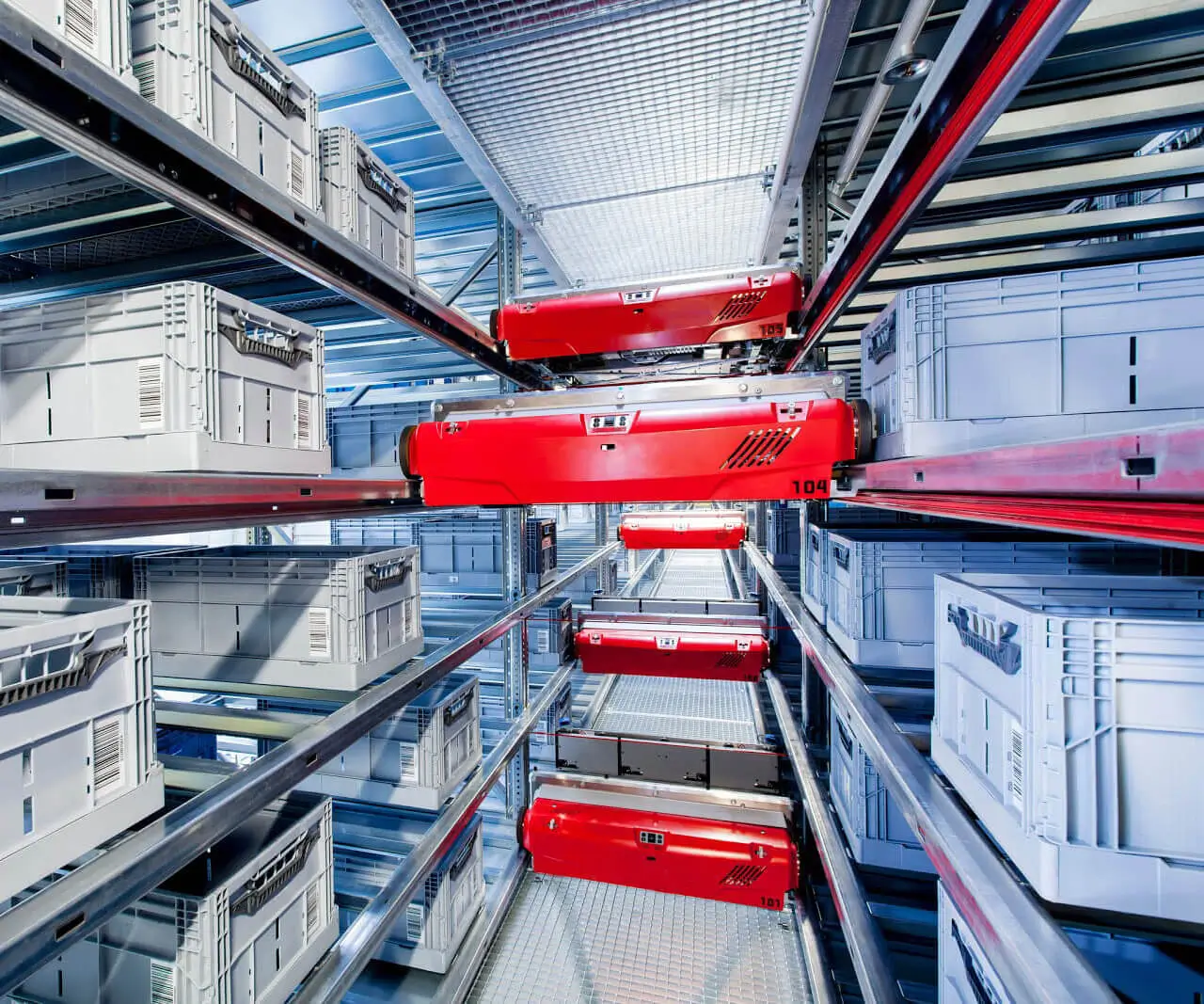In the realm of industrial automation and mechanical innovation, the choice of the right motor can be the difference between seamless efficiency and stubborn inefficiencies. Among the plethora of electric motors available, two giants often face off in terms of popularity and application versatility: the AC servo motor and the induction motor. Both are marvels of engineering, yet they serve distinct purposes, excel in different environments, and operate on vastly different principles.

Understanding their unique features, strengths, and limitations helps engineers, technicians, and enthusiasts make informed decisions, ensuring that the machinery they develop or maintain runs with optimal performance. So, what exactly sets these two motors apart, and where do their paths intersect?
What is an AC Servo Motor?
An AC servo motor is a specialized type of motor designed for precise control of angular or linear position, velocity, and acceleration. Picture a conductor guiding an orchestra—each movement must be exact, timed perfectly, and adaptable in real time. That’s the essence of a servo motor’s purpose.
Most AC servo motors are synchronous motors that rely on a feedback device—usually an encoder—to continuously monitor the rotor’s position relative to the stator’s magnetic field. This feedback loop allows for ultra-precise control, making servo motors especially suitable for robotics, CNC machinery, conveyor systems, and any application that demands accurate positioning.
Typically, AC servo motors are compact, lightweight, and capable of high torque at low speeds. They come with a control system that interprets commands from a controller, adjusting the power supply to achieve the desired motion. This tight control mechanism allows for quick responses and smooth movements, even in complex systems.
The Structure and Operation
An AC servo motor’s internal architecture often includes a laminated stator with windings, a rotor (which may be aPermanent Magnet or wound type), and an advanced control unit. The magnets in the rotor interact with the stator’s magnetic fields to generate motion. By precisely controlling the current in the windings, the motor can be made to rotate to specific angles with high accuracy.
The control system’s algorithms—often involving proportional-integral-derivative (PID) control, field-oriented control, or other advanced methods—adjust the motor’s electrical signals in real time, ensuring the rotor maintains the commanded position or speed.
Benefits of AC Servo Motors
Exceptional Precision: Capable of achieving sub-degree position accuracy, essential in robotics and aerospace. Fast Response: Rapid acceleration and deceleration capabilities allow for dynamic operations. High Torque at Low Speeds: Ideal for applications where torque needs to be consistent even at slow speeds. Programmability: Easily integrated with controllers that can modify operations on-the-fly. Smooth Motion Profile: Facilitates smoother operation with less mechanical stress.
What is an Induction Motor?
In contrast to the bespoke precision of servo motors, the induction motor, also known as a squirrel cage motor, is the workhorse of the industrial world. Its simplicity, ruggedness, and cost-effectiveness have cemented its position as the default choice for many applications—from pumps and fans to cranes and conveyor belts.
Induction motors operate on the principle of electromagnetic induction—hence the name. When alternating current flows through the stator windings, it creates a rotating magnetic field. This field induces a current in the rotor (which is typically a squirrel cage or wound type), generating its own magnetic field that interacts with the stator field, producing torque. Unlike servo motors, induction motors lack a direct feedback device; their speed is primarily determined by the load and the supply frequency.
These motors are renowned for their robustness and minimal maintenance requirements. Their simple construction—lacking brushes, magnets, or commutators—makes them highly durable, suitable for harsh environments and continuous operation.
Structure and Operation
The main components include the stator, rotor, and a frame. The stator consists of laminated iron cores with slots for coils, which generate the rotating magnetic field. The rotor, a cage of conductors embedded in a squirrel cage configuration, responds to this field by currents induced within it.
The slip, or the difference between the stator field's synchronous speed and the actual rotor speed, is essential for torque development. Under load, the rotor slows slightly below synchronous speed, inducing currents and, consequently, torque.
Advantages of Induction Motors
Durability and Reliability: Known for longevity, they can operate for decades with minimal issues. Cost-Effective: Generally cheaper than servo motors, especially for large power ratings. Low Maintenance: No brushes or slip rings, reducing wear and downtime. Good Efficiency: Especially at rated loads, they convert electrical energy into mechanical power effectively. Versatile Applications: Capable of handling a wide range of power and torque requirements.
Comparing the Core Principles
At their heart, these motors differ fundamentally in control and function:
AC Servo Motor: Precision-driven, with elaborate control systems for exact position and speed management. Induction Motor: Simpler, relying on electromagnetic induction without feedback systems, prioritizing robustness over pinpoint accuracy.
Applications at a Glance
AC Servo Motors: Robotics, CNC machines, medical devices, aerospace components, high-precision manufacturing. Induction Motors: Pumps, fans, compressors, conveyor belts, HVAC systems, industrial machinery for heavy-duty processes.
These distinctions paint a clear picture: the choice hinges not just on power and size but on the level of control, accuracy, and complexity your project demands.
Established in 2005, Kpower has been dedicated to a professional compact motion unit manufacturer, headquartered in Dongguan, Guangdong Province, China.




































